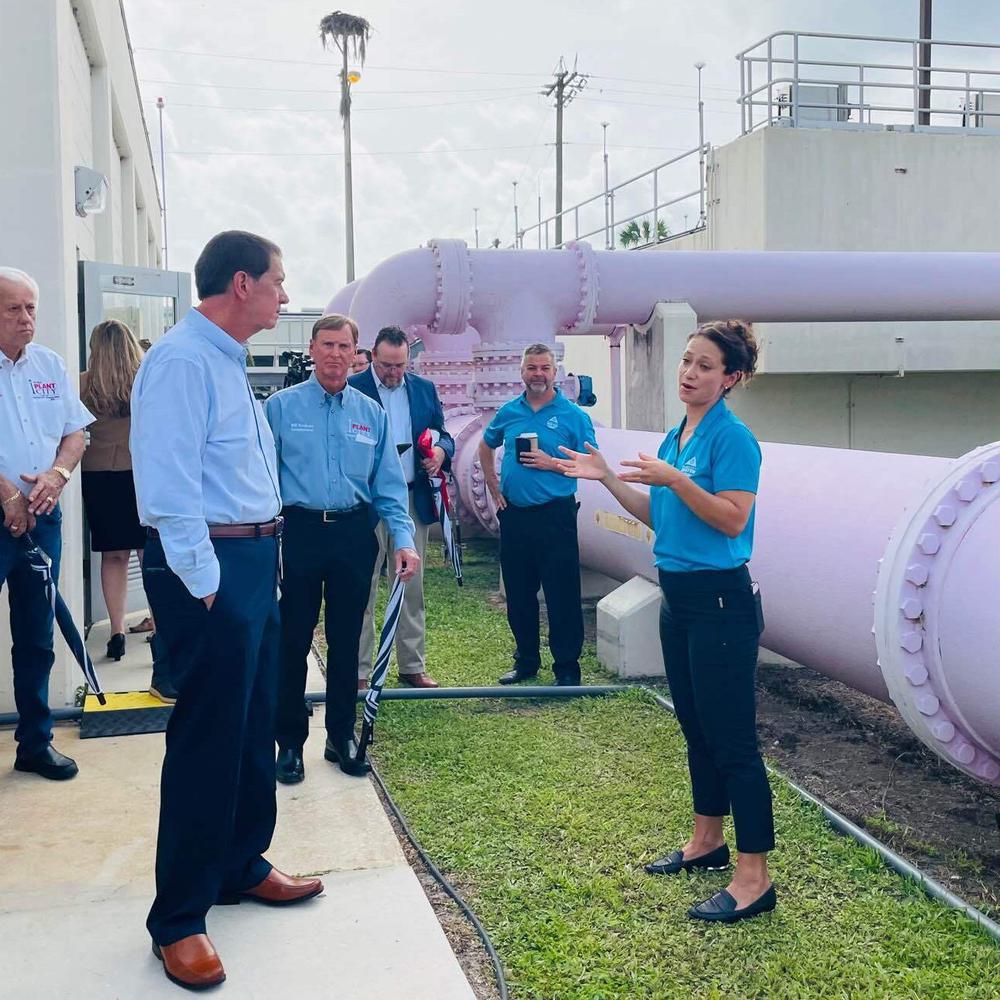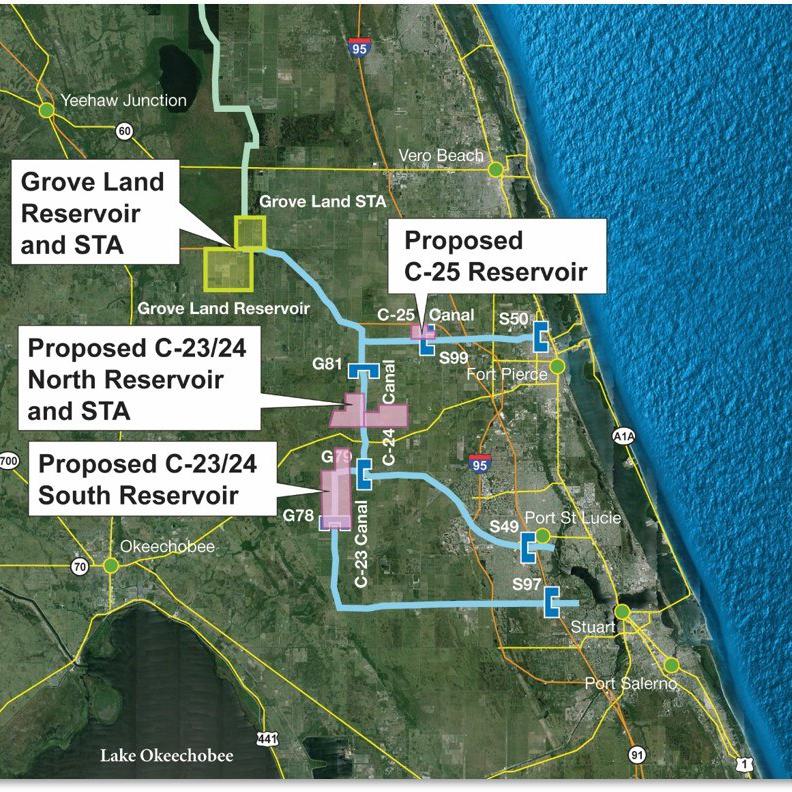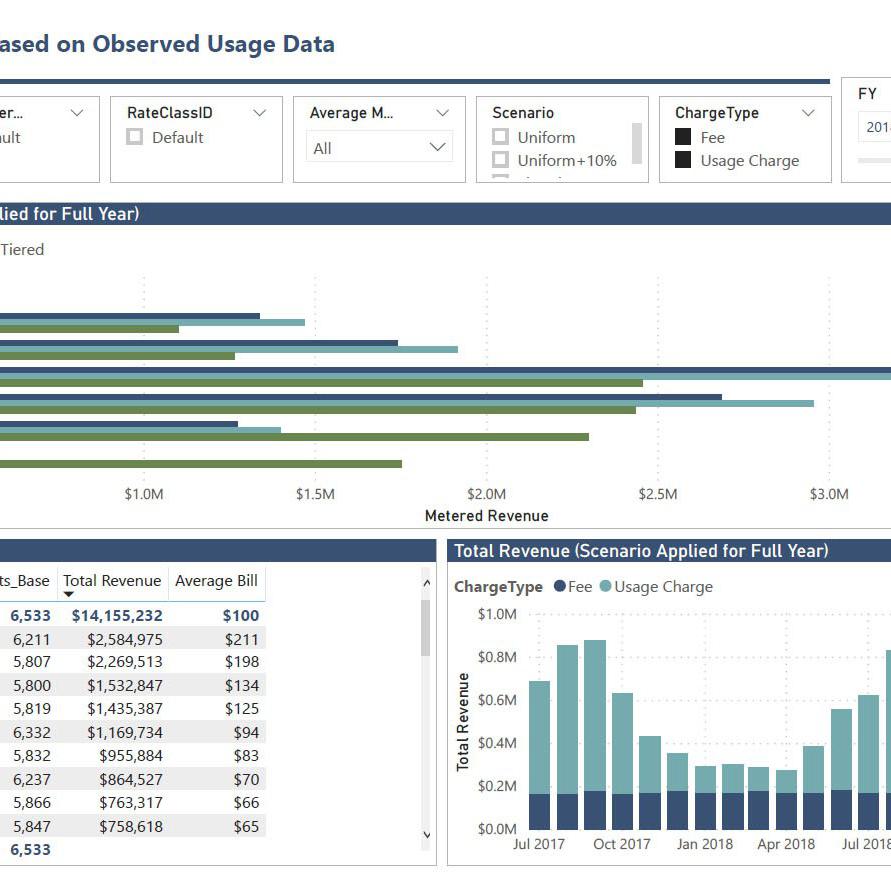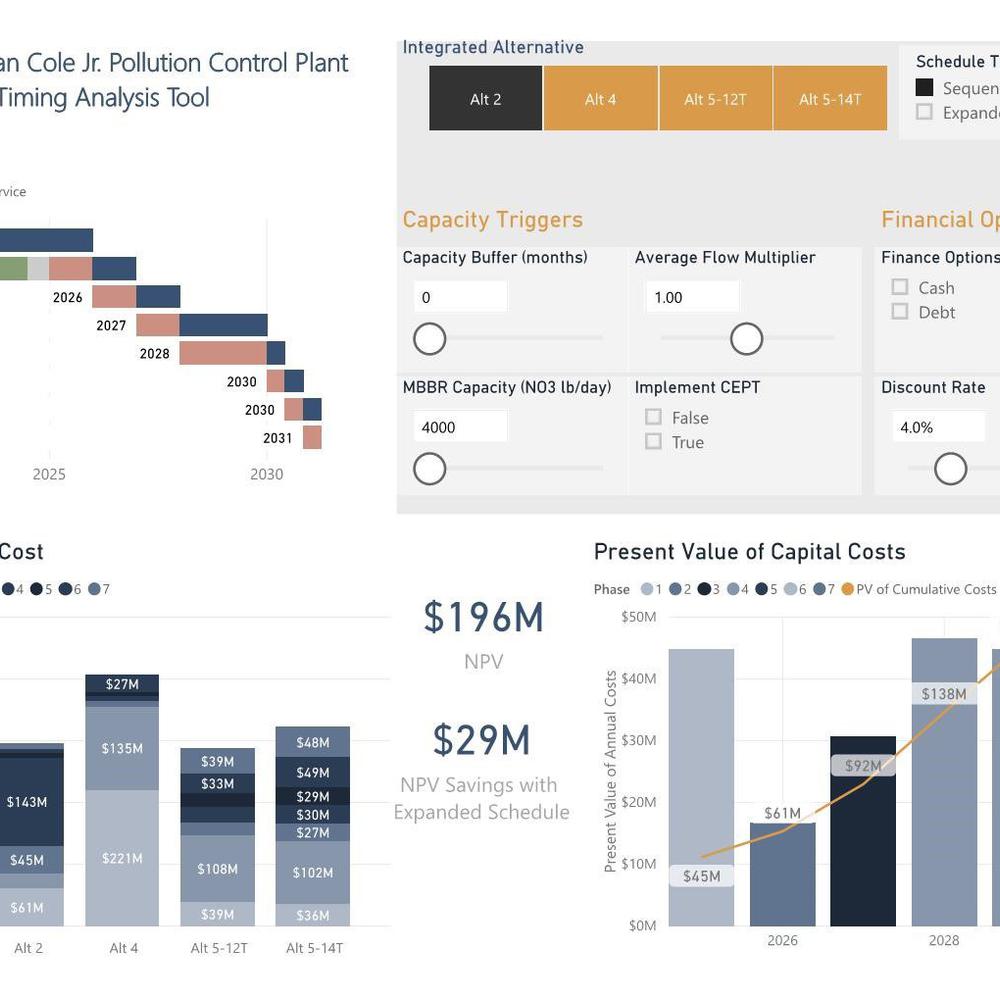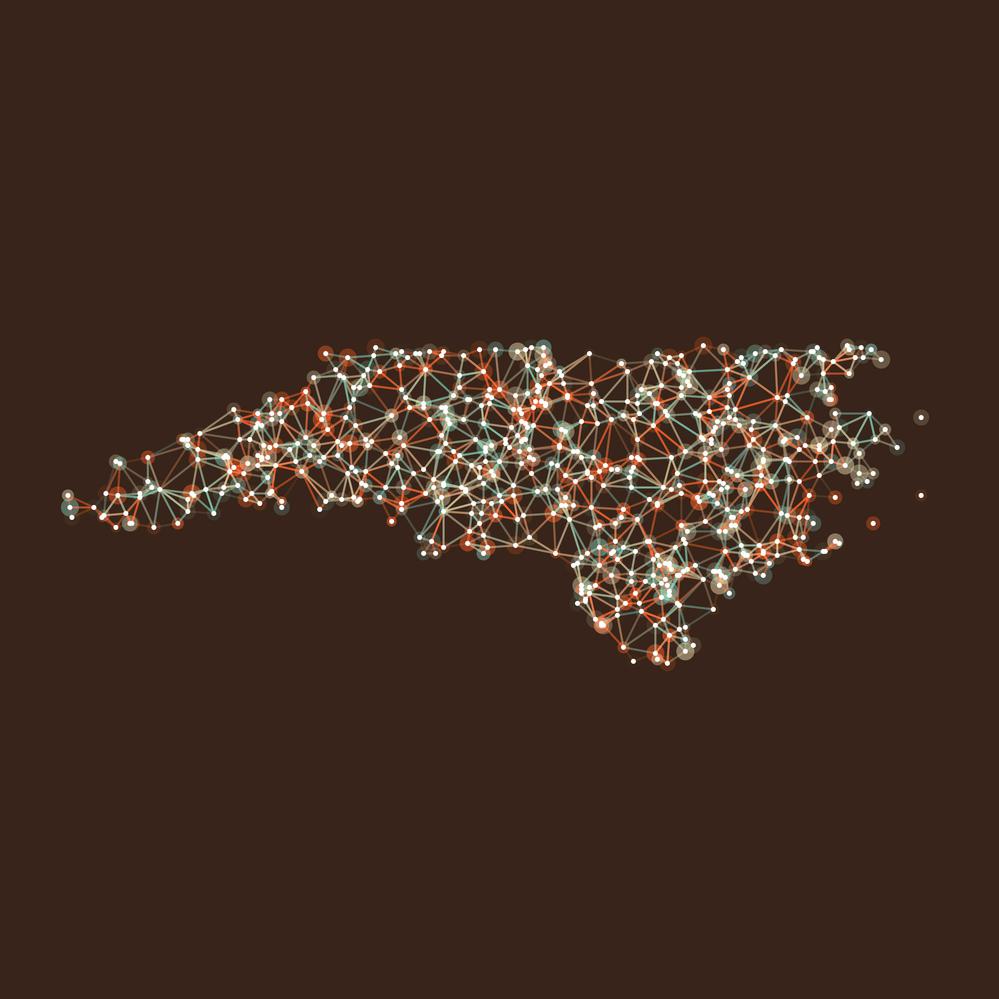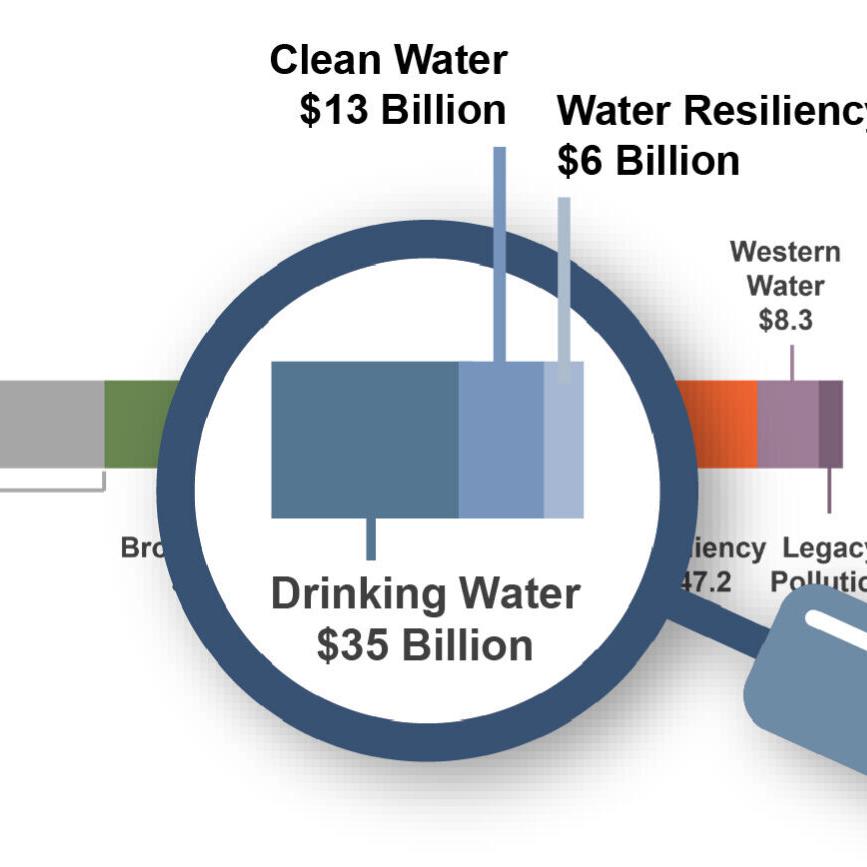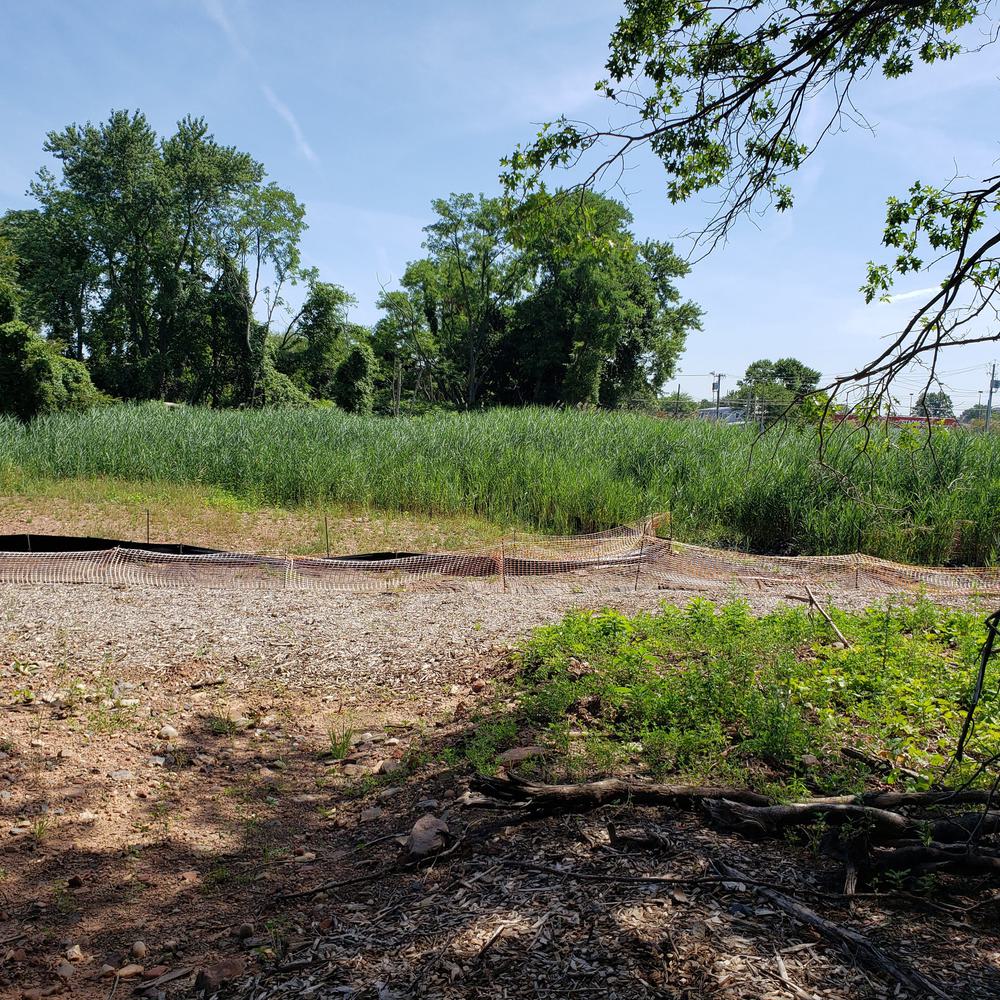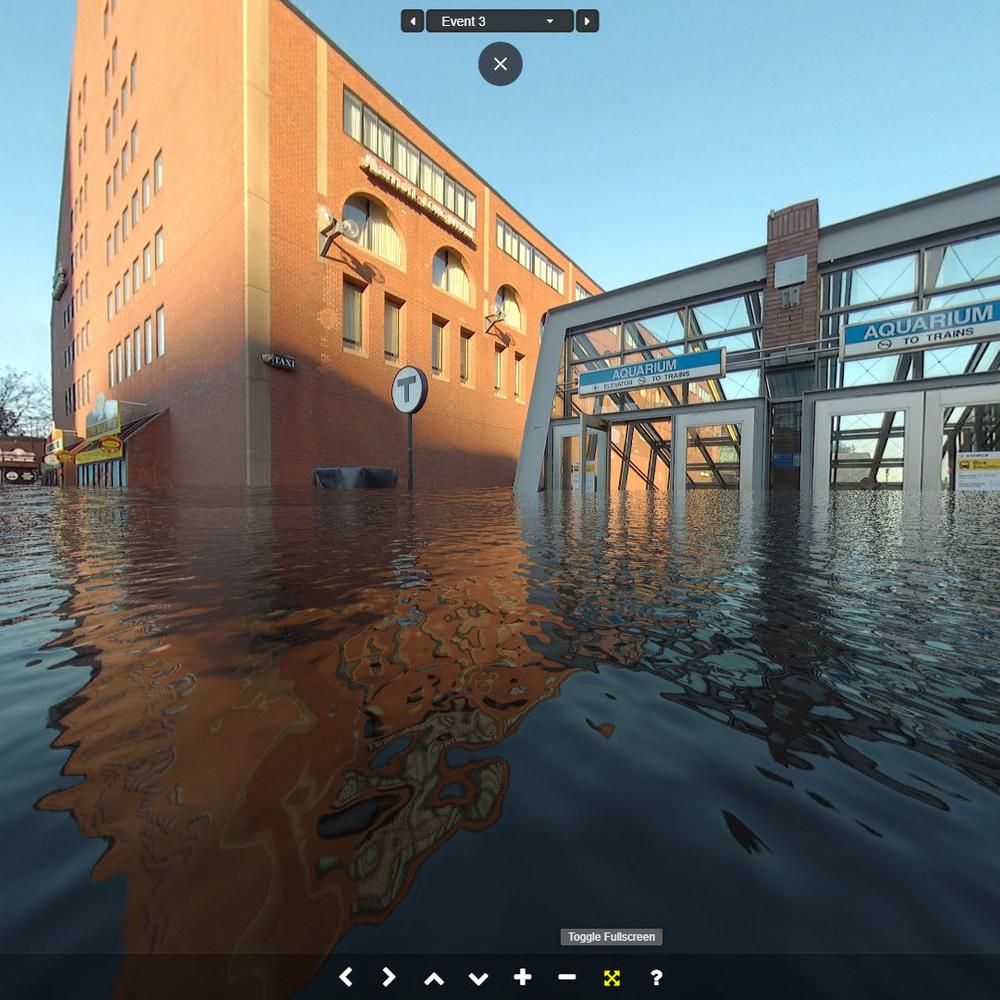Public Private Partnerships Create Shallow Water Storage for Water Supply and Ecosystem Protection
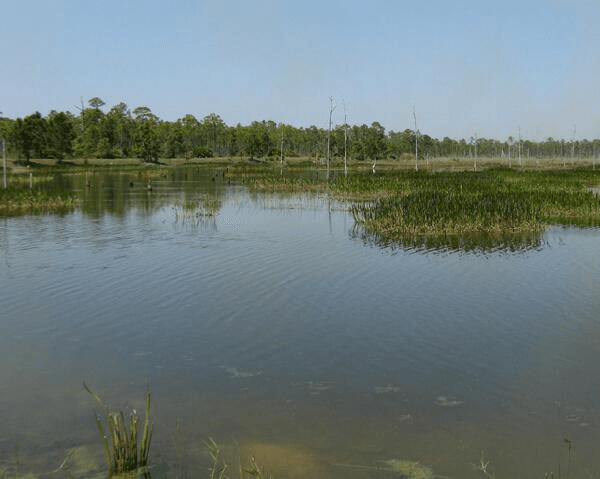

The Grove Land Reservoir and Stormwater Treatment Area (STA) Project would utilize 8,000 acres of agricultural land to retain basin runoff and reduce the nutrient load discharged to ecologically important waterbodies. The reservoir and STA would be constructed on two adjacent private properties that have been historically used for citrus production. As citrus greening disease continues to reduce citrus yields and profitability, alternative land uses are being evaluated by private landowners. The project could be financed and operated as a public private partnership between the private landowner and the State of Florida through the South Florida Water Management District.
The project is partially located within the St. Johns River Water Management basin and partially within the South Florida Water Management basin. This strategic location and infrastructure proposed would allow for a controlled hydraulic connection between the watersheds and surface water systems of the two Districts.
Prior to construction, as project financing and design are being completed, the site can provide immediate water quality and quantity benefits through “water farming” which is the use of this citrus land for stormwater retention/detention purposes. The benefits associated with water farming are similar to those provided by the larger reservoir and STA except that the existing pump stations and berms are used and the magnitude of water quality and quantity benefits are lower. The water farm is expected to reduce stormwater discharges to coastal estuaries by about 35,000 acre-feet per year, reduce total nitrogen by about 43 metric tons, and total phosphorus by about three metric tons per year. The cost-effectiveness of the water farm is estimated to range from $128 to $158 per acre-foot of water retained, depending on water farm design, which is cost-competitive with other methods to retain stormwater and is lower than the dollar value of benefits provided.

Grace Johns is responsible for economic and financial studies for Hazen, including the monetization of benefits that reflect stakeholder willingness-to-pay for water and wastewater services.
Related Topics:
Project Outcomes and Benefits
- Maximum potential revenue from the project was determined to be about $174 million per year. Over half of this revenue, 64 percent, is from the provision of stored water to utilities and other large water users.
- Expected internal rate of return of 7.5 to 18.4 percent annually, depending on the proportion of the maximum revenue potential sold each year (30 to 100 percent).
- Project is expected to provide 136 mgd of average daily raw water flow for utilities, growers, and the environment.
- Project is expected to reduce environmental harm to the Indian River Lagoon and the St. Lucie Estuary by diverting and storing approximately 155,000 acre-feet of wet season stormwater flows each year.
- All water stored would be routed through the STA resulting in annual total nitrogen reductions ranging from 67 to 303 metric tons and annual total phosphorus reductions ranging from 38 to 55 metric tons.
